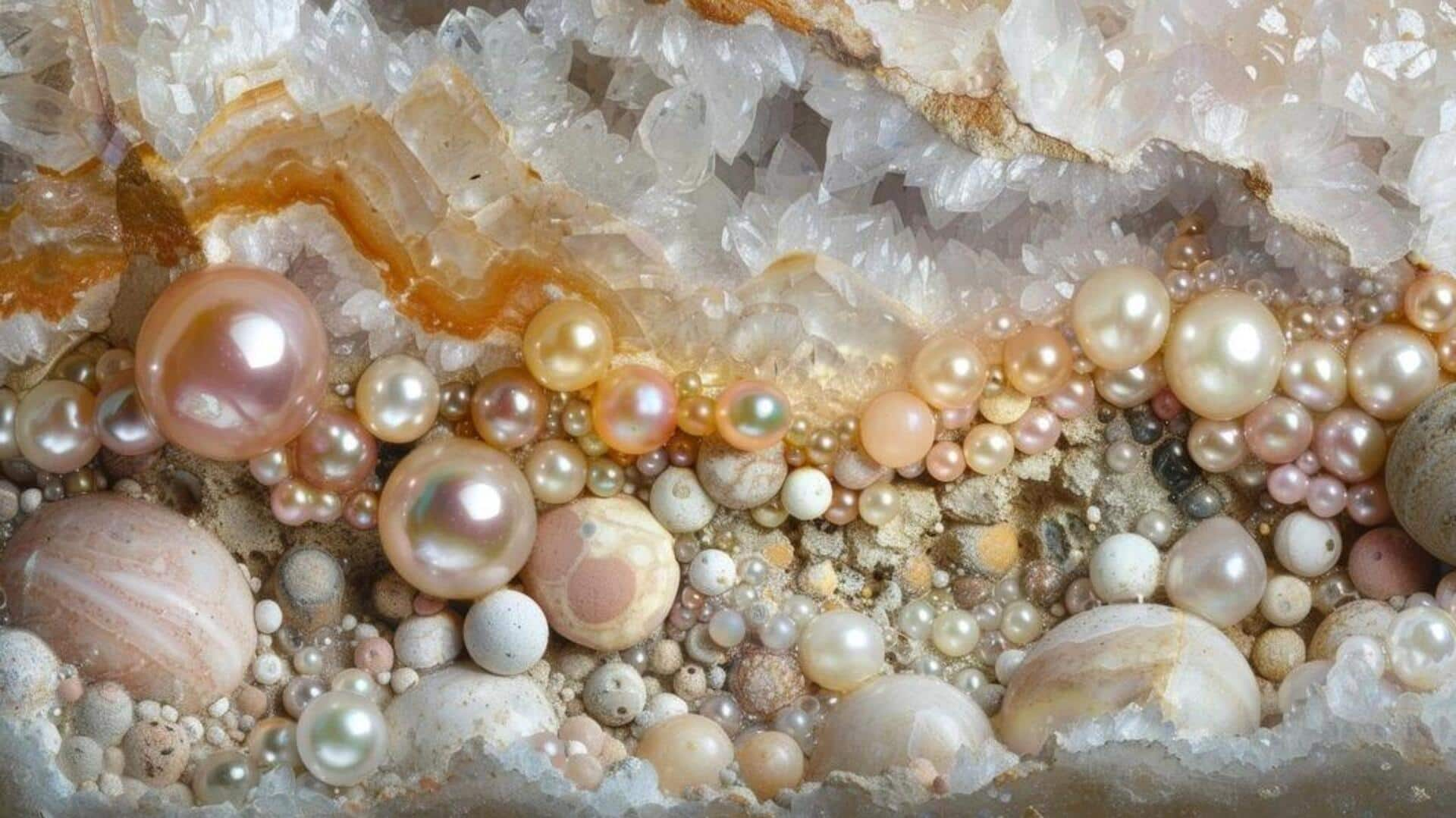
How to hunt for cave pearls: A beginner's guide
What's the story
Cave pearls, a rare and beautiful phenomenon, are formed in limestone caves through the deposition of concentric layers of calcium salts around a nucleus (like a grain of sand). These subterranean jewels are a tantalizing challenge for adventurous spirits. This article is your guide to cave pearl hunting, offering insights on where to find them, how to prepare, and tips for ensuring your exploration is respectful and safe.
Preparation
Preparing for your adventure
Before you head off on your cave pearl hunting adventure, you need to gear up! Key items are waterproof boots, a sturdy helmet with a headlamp, gloves for shielding your hands from sharp rocks, and top-notch knee pads. Plus, a good camera with low light capabilities is a must. This way, you can snap stunning shots of the cave pearls without disrupting their delicate environment.
Locations
Best locations for cave pearl hunting
Cave pearls are most commonly found in limestone caves with flowing water. Notable locations include Vietnam's Phong Nha-Ke Bang National Park, Mexico's Sistema Sac Actun underwater cave system, and the United States' Carlsbad Caverns. Each of these locations offers a unique subterranean landscape filled with not just cave pearls but also stunning stalactites and stalagmites.
Conservation
Understanding cave conservation
Although searching for cave pearls is a thrilling experience, it's crucial to tread lightly and respect the environment. Caves are fragile ecosystems, and even small disturbances can cause harm. Adhere to the "leave no trace" principle: never touch or remove cave pearls or other formations. Exercise caution while taking photographs. Your quest for that perfect shot should not disturb these ancient treasures.
Safety
Safety measures and etiquette
Some tips for hunting those underground gems: Always go with a pro: Expert guides know how to navigate caves safely. Don't go it alone: It's easy to get disoriented or run into danger when you're by yourself. Tell someone your plan: Let someone know which cave you're going to and when you plan to be back. That way, if something does happen, people will know where to look.
Tips
Tips for first-time explorers
If you're a beginner caver or speleologist, joining a local caving club can be a huge advantage. These groups offer guided tours where you can learn about geological formations (including cave pearls!) while also practicing conservation and safety. This training is priceless if you eventually want to responsibly explore caves and hunt for cave pearls on your own.